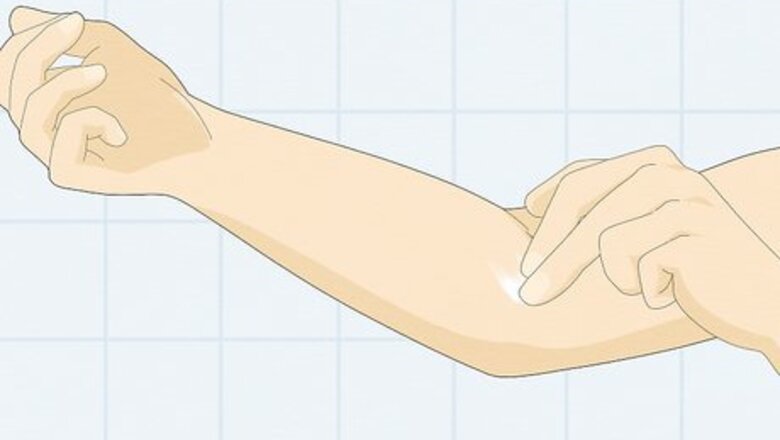
views
Apply a new product to your skin.
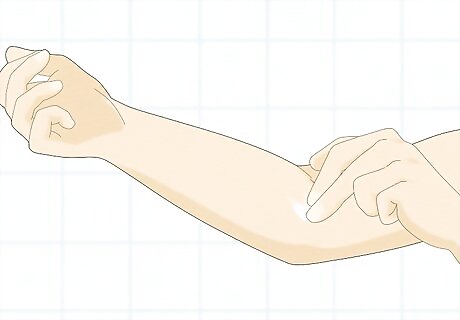
Choose an inconspicuous area like the bend of your elbow. It's fine to put the product somewhere else like the underside of your arm or behind your ear—just pick a place where the product won't get washed off. Wash your skin and dry it before you apply the product to a quarter-sized patch of your skin. The underside of your jaw is another sensitive spot where you could apply the product, but don't accidentally wash it off when you clean your face.
Leave the product on your skin.
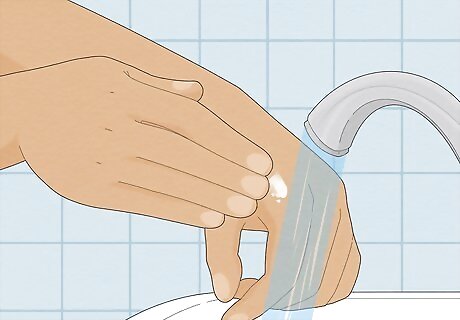
Rinse it off after 5 minutes if it's not meant to be left on. If you're testing something that you're not supposed to wash off, like moisturizer, just apply it to the test spot and leave it alone. If you're testing a product that you'd normally wash off, wait 5 minutes before you rinse it away. For instance, if you're checking for a reaction to a new facial cleanser, rub a coin-sized amount onto your skin and wash it off after 5 minutes. If you're testing a face mask or product that you're supposed to keep on for a specific amount of time, leave it on for as long as the manufacturer calls for.
Reapply the product 2 times a day.
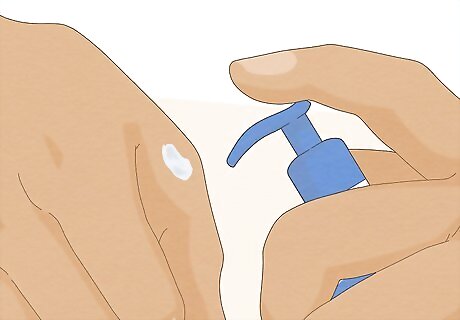
Repeated exposure can rule out allergic contact dermatitis. A home skin patch test can easily show you if you have an immediate reaction. However, you'll also want to see if you have a reaction when you're consistently exposed to the product. If you react quickly to something in a product, you have irritant contact dermatitis. If you develop a reaction over several days, you have allergic contact dermatitis. Keep in mind that some ingredients like retinol and glycolic acid will irritate your skin with consistent exposure. It takes at least 4 days to determine if you have allergic contact dermatitis, which is why repeated applications are super important.
Watch for symptoms of a reaction.
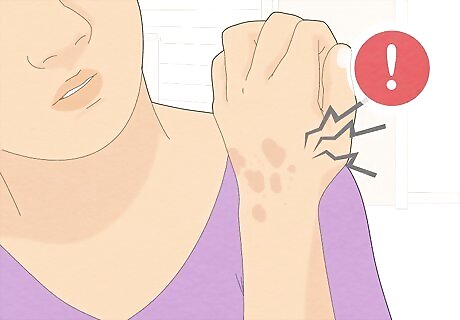
Keep an eye on the area for signs of irritation. You may notice them immediately or it could take a while. If you don't notice any problems after 10 days, it's safe to use the new product. However, if you develop a rash or any of these symptoms, you shouldn't use the product: Redness Itchiness Swelling Dry, cracked, or scaly skin Burning or tenderness
Wash off the product if you have a reaction.
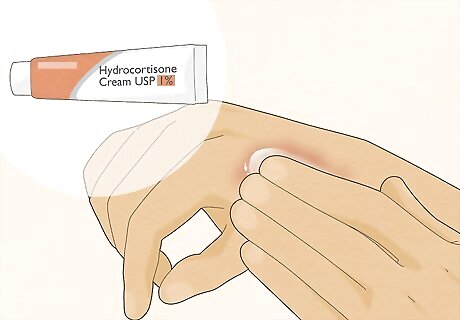
An immediate reaction shows that you have a strong allergy to the product. You'll notice burning, intense itchiness, redness, or inflammation. Quickly head to the sink and wash your skin thoroughly with warm water and gentle, fragrance-free soap. Then, stop the skin test. Apply a cold compress and fragrance-free moisturizer to your skin afterward to help soothe it. If your skin is still itchy, rub a thin layer of hydrocortisone cream on the area and take an over-the-counter antihistamine. Read through the ingredient list on the product and compare it with other products that bother your skin to try to identify what caused the irritation.
Avoid the irritants that bother your skin.
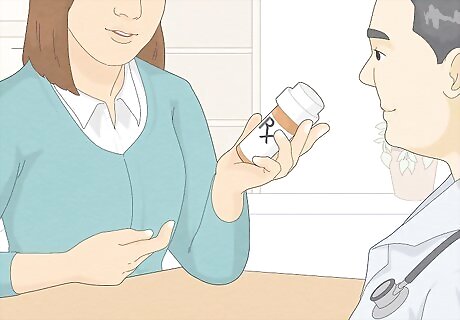
Read labels to avoid whatever is causing the reaction. Fragrances, preservatives, sulfates like sodium laurel sulfate, and irritants like retinol can all bother your skin. For instance, if you find that certain acne skincare products cause you to break into a rash, you might determine that you're allergic to salicylic acid. Going forward, shop for acne products that don't contain salicylic acid. You might realize that you're reacting to fragrance in skincare products. By switching to fragrance-free items, you can prevent future reactions.
Get patch tested by a dermatologist.
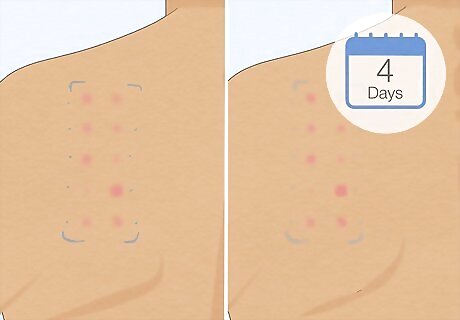
Reach out for testing if you’re not sure what’s causing the irritation. For a professional patch test, the doctor places a patch that’s covered with a variety of common allergens onto your back and tapes it in place. After 2 days, the doctor checks your skin for reactions. Then, they’ll have you come back 2 days later to look for delayed reactions. If you suspect a specific product is causing a reaction, bring it with you to the dermatologist. The dermatologist will go over your patch test results, so you know what substances, like a specific ingredient in a cosmetic, to avoid in the future.
















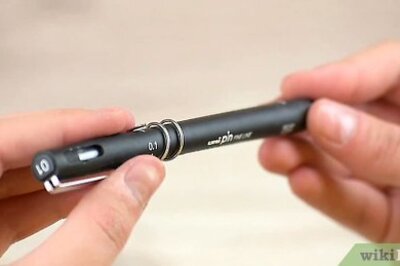


Comments
0 comment